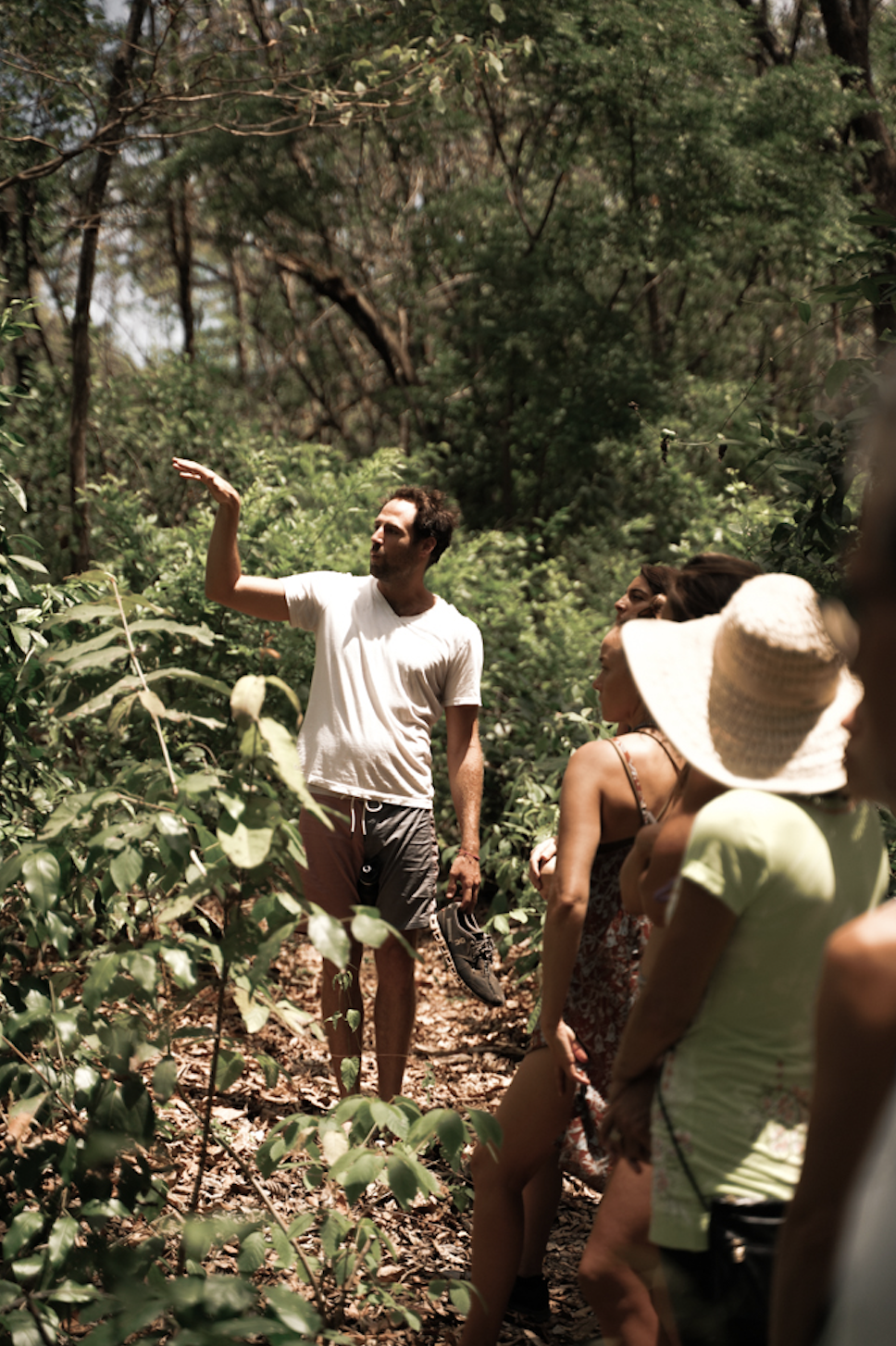Words by Harmony Sunshine
Pictures by Carlos Oberhauser
We have lived our lives by the assumption that what was good for us would be good for the world. We have been wrong. We must change our lives so that it will be possible to live by the contrary assumption, that what is good for the world will be good for us. And that requires that we make the effort to know the world and learn what is good for it.
- Wendell Berry, The Art of the Commonplace: The Agrarian Essays
Regeneration: A new outlook
The global population has catalyzed rapid changes to the planet we call home. From deforestation and agricultural development to urbanization and mass pollution, we’ve taken quite the tolle on Earth. The most common solution based reaction to this notion of our impact is to start living sustainably. But what if we could leave Earth even better than it was prior to humankind’s presence here? If, instead of sustaining the tainted state the planet has reached, we could bring forth renewal, revival, and restore the planet to a thriving state of being. We must first understand that these human inflicted changes are due to a more modern way of thought that has subtly encouraged a separation of our human “self” from the interconnected network of life.
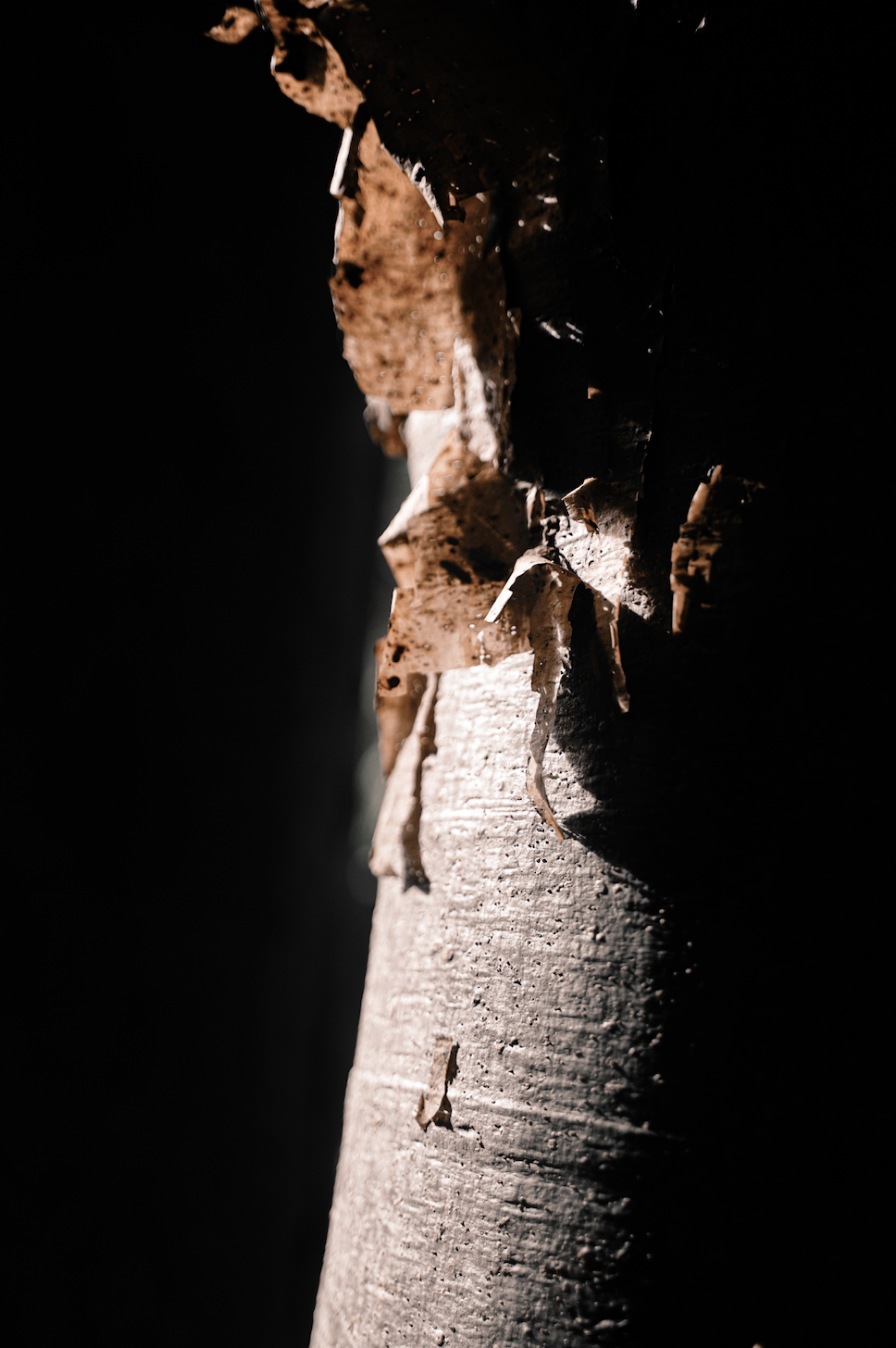
We are part of a whole
“Humankind has not woven the web of life. We are but one thread within it. Whatever we do to the web, we do to ourselves. All things are bound together. All things connect.” Chief Seattle of the Puget Sound Native American tribe was well aware of our interconnectedness within the greater whole. The quote sheds light on the macroorganism of all life on Earth, and reminds us that if you’re reading this, you play an important roll within it. The Western world’s cultural overindulgence of individuality has pushed many of us to feel uniquely unimpactful. It’s often shown through this ideal that “I’m only one person so how could my life possibly affect the greater web of life?” The answer; our species is entirely part of nature. When we look to the microscopic cellular matter that creates all things, we realize how truly connected we all are. The very foundation of nature is composed of relationships and lets be honest, our global relationship with Mother Earth has been less than healthy for quite some time now.
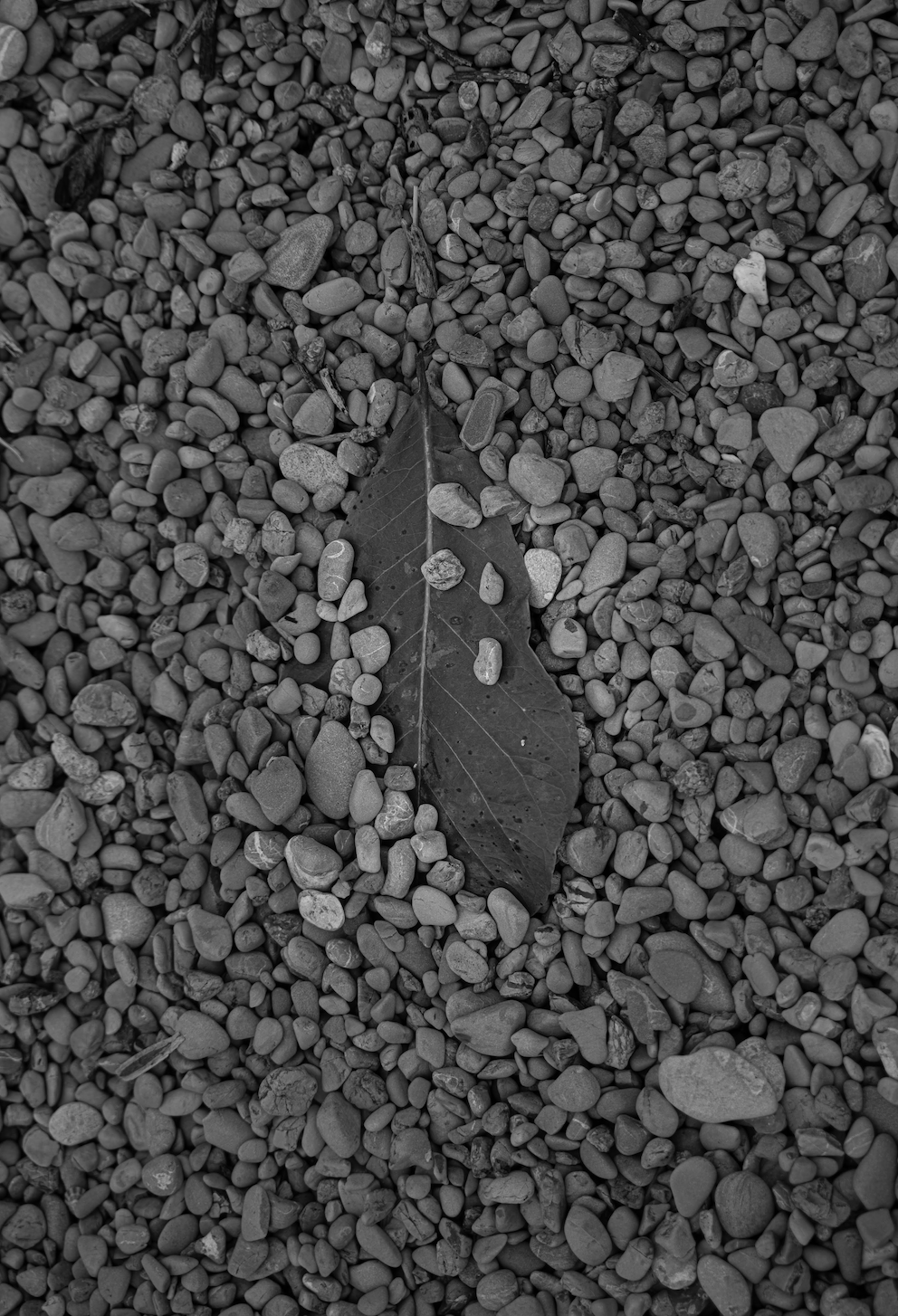
Rethink rather than sustain
When it gets to the point within an unhealthy relationship where an enormous amount of damage has already been done, the obvious answers for moving forward would be either to end things or to try and truly heal things. I think we can all agree that both of these solutions would be more effective than sustaining a toxic relationship. Now, take a moment and think of the relationship shared between humans and Earth in this same light, where the two parties have stopped communicating from a place of loving awareness. As a collective party within this relationship, it is time for us to take that next step in moving forward. The thing is, we can’t end our relationship with Earth without ending humanity’s existence. So our only other option is to try to work on healing the existing pain within the partnership first, and then finding new ways of being and relating with one another.
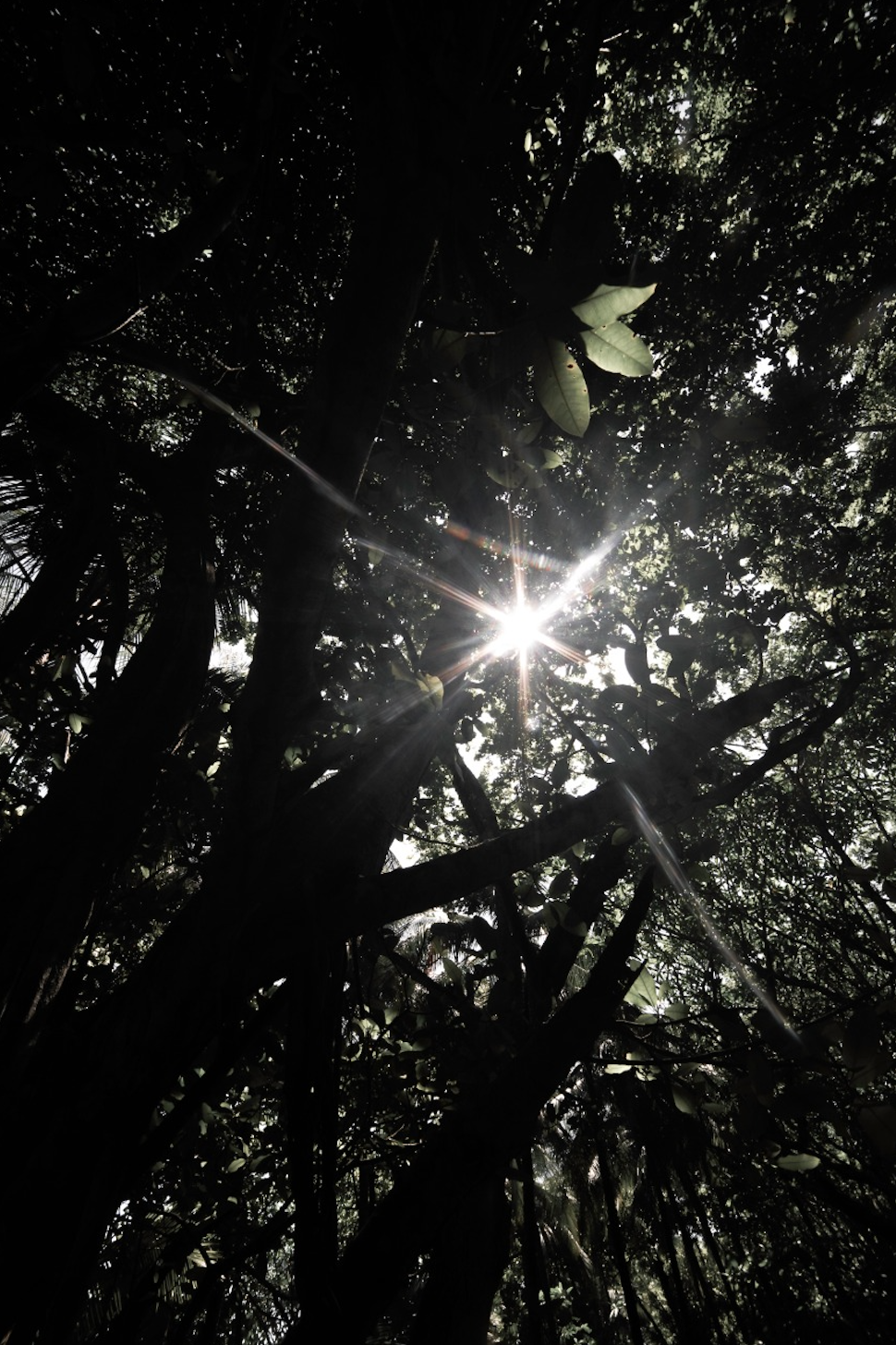
Understanding Impact
We cannot begin to understand living regeneratively until we begin to measure our own impact. That can only be done through understanding the interconnectedness of systems because the web of life is actually one massive supersystem composed of incomprehensible numbers of interconnected subsystems. Systems theory says that every system has an input(s) and outputs. To put it simply, every cause has an effect. By definition, a system is goal seeking, so its functionality may be evaluated by determining if the output results in the achievement of its objective. For example, the objective of a plastic water bottle is to hold water that will otherwise be consumed for personal human purposes. In theory, the system of that bottle is functioning properly when that goal is met. The issue is not our ability to make systems, in fact us humans are highly advanced system creators, rather it is our ability to align the intention of these systems with the objectives of Mother Nature, whom we are a part of. Nature’s goal is simple, balance. The human collective’s objective, however, has veered far from this umbrella goal of balance. It seems that our goals are abnormally separate from the good of the greater whole. If we want to live regeneratively, we must realign our output’s impacts to the overall goal of the web of life. And if we want to stay part of the universal family, regeneration is imperative. Before you say it, yes the Earth does have the ability to heal itself, but not without our cooperation. Its fearful that there are still so many humans aiming for “the American dream,” as though it is a sustainable outlook. Humanity’s thread within the web is wearing thin and we must shift our gaze to the world around us and look to nature for the regenerative answers.
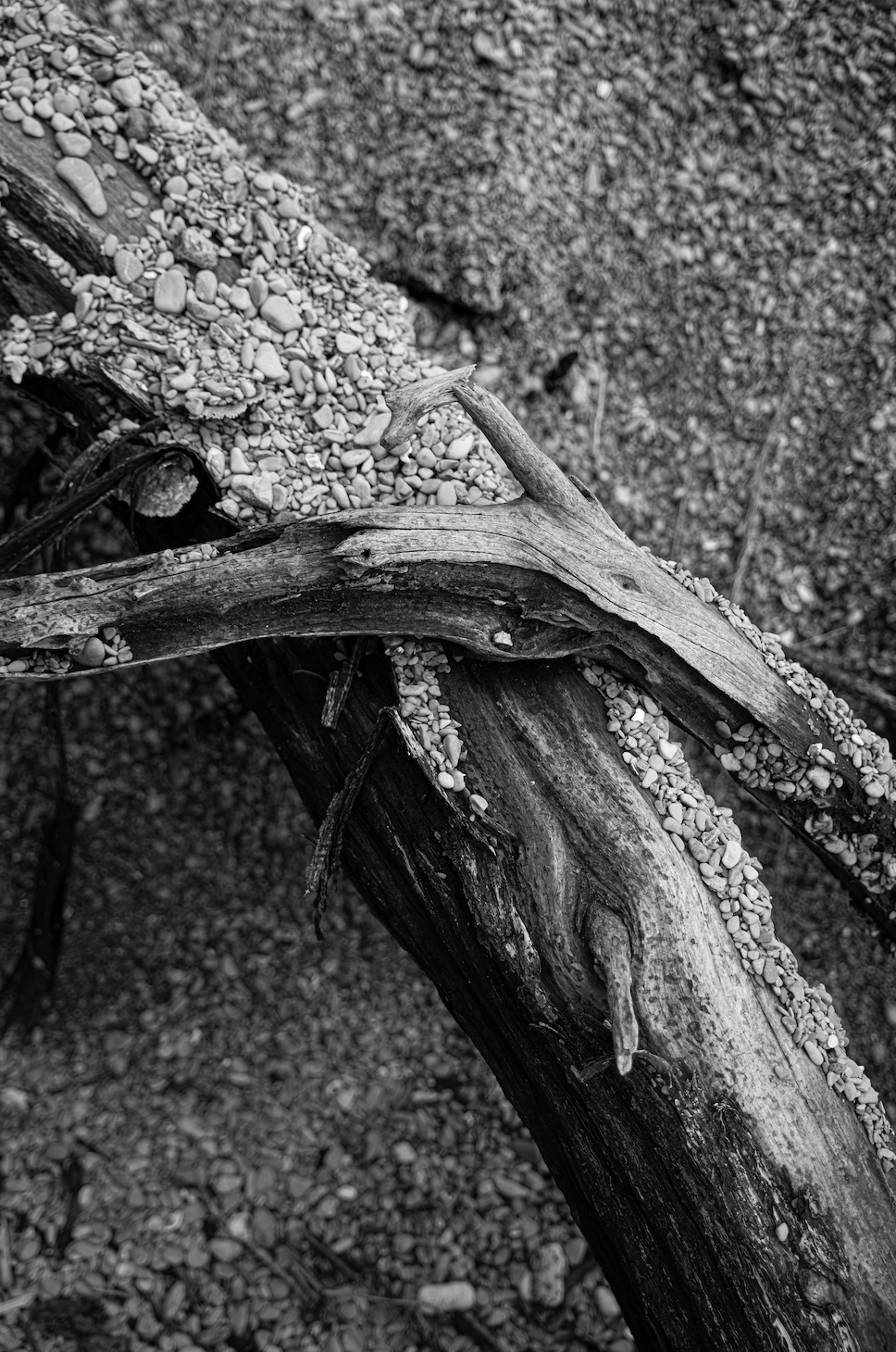
Nature’s wisdom
Due to the global pandemic and world spread lockdowns at the start of 2020, we were able to witness the Planet’s regenerative capacity. As humans slowed down and retreated indoors, Earth regenerated biodiversity, cleaned its own air and even clarified its own water. What an intelligent and beautiful thing that Mother Earth is capable of! But the truth of the matter is that humanity's collective demands have exceeded Earth’s regenerative capacity by 26%, which means that the idea that our planet will regenerate itself as long as we sustain the current state is not actually very sustainable. Evidence of Earth’s environmental degradation is more concerning than ever before. What we really need to be looking at is man made restoration, which can and should be inspired by Nature itself. Let us become a more generous species, who gives back to Earth what it has given to humanity. All of the answers to the question of how we can do this, are already depicted in the world around us. Our species is known for technological advancements, for consistently coming up with new electronic artificial ways of doing things, but it may be time to slow down and look to the roots (literally) for the advancements we seek. There is age old wisdom of regenerative tactics displayed all around us. Earth itself is a museum of regeneration. From Nature’s effective use of gravity and the sun rather than outsourcing energy, to the pollination tactics of bees, the answers are practically begging to be seen.
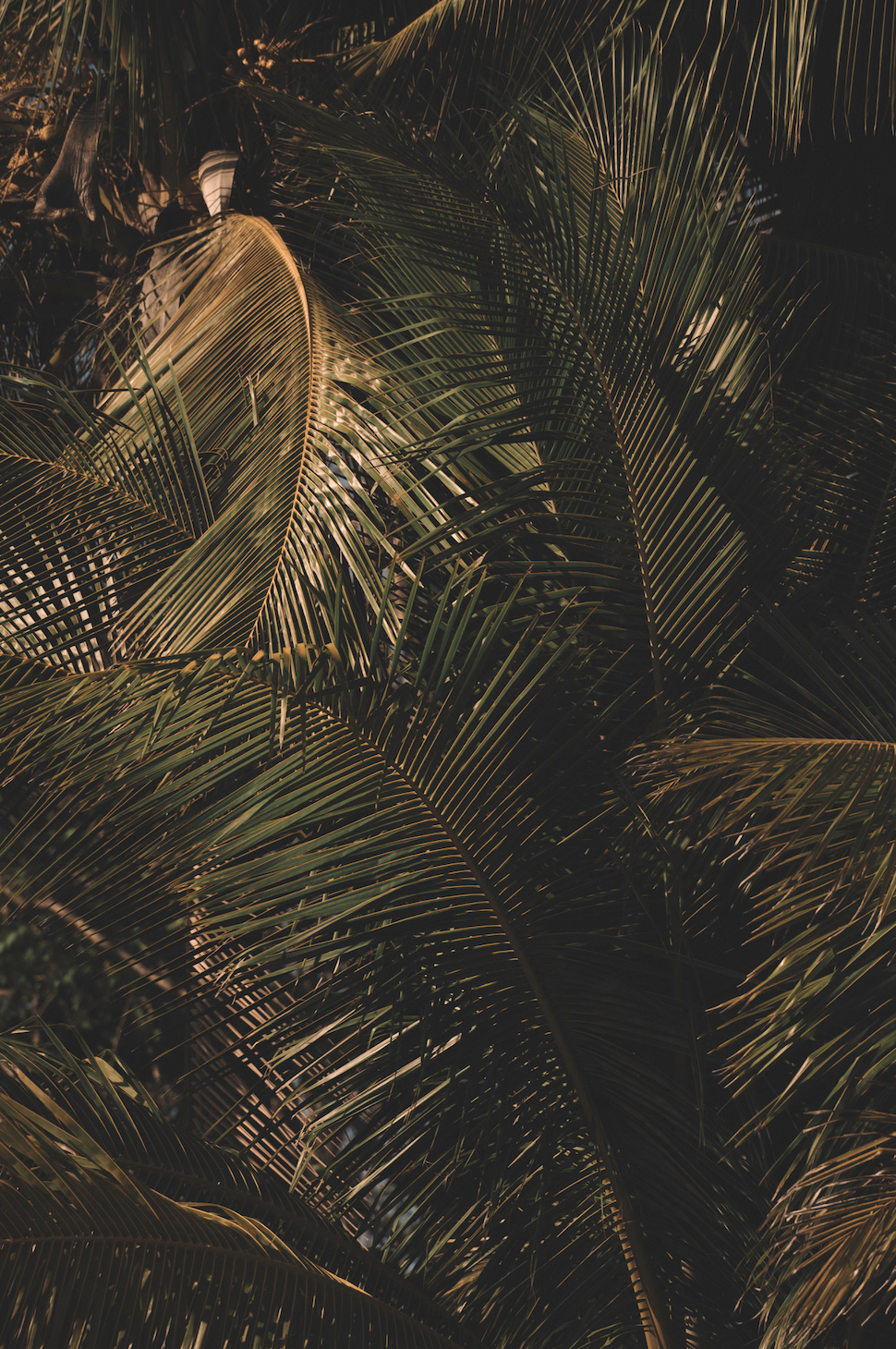
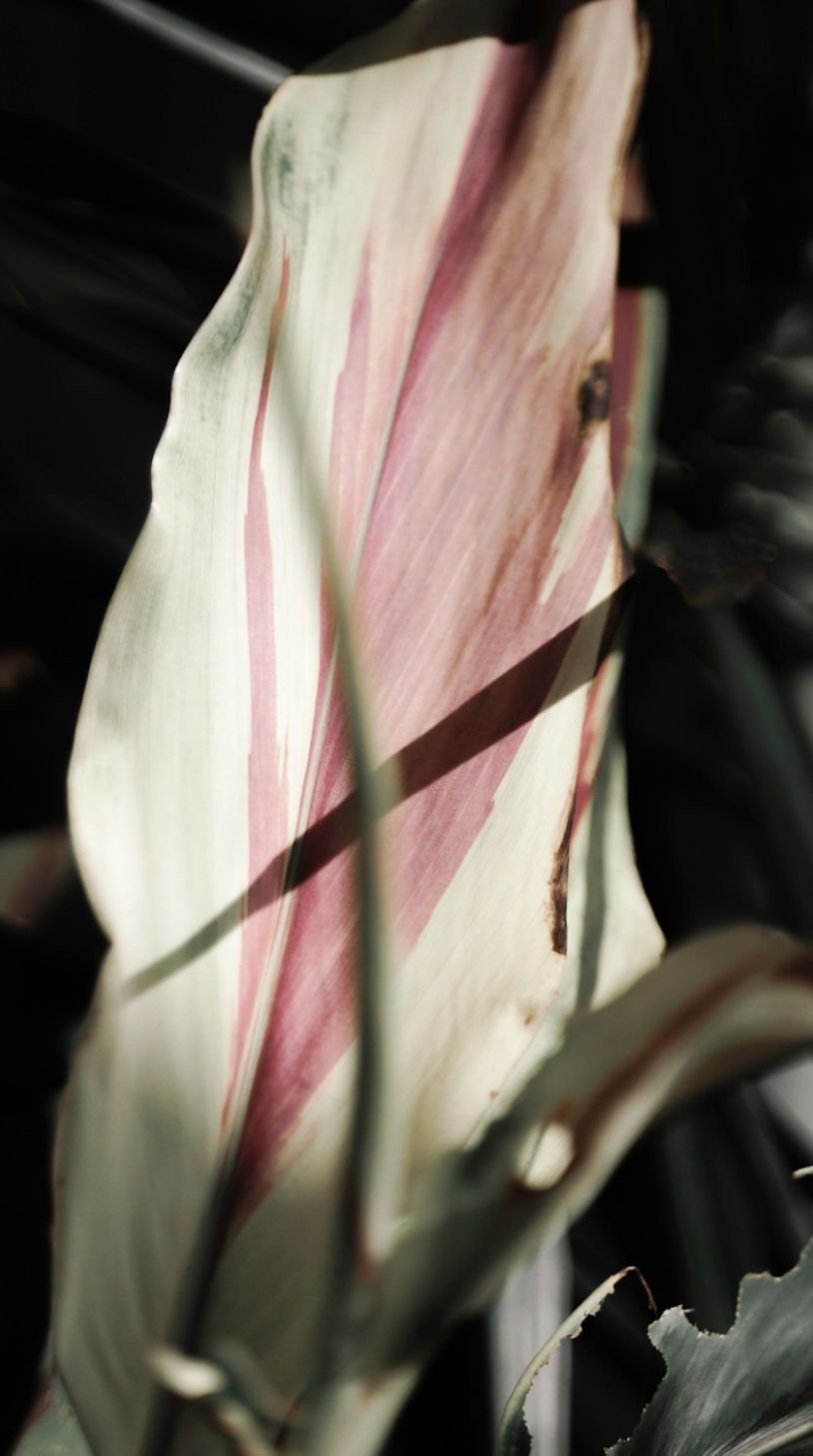
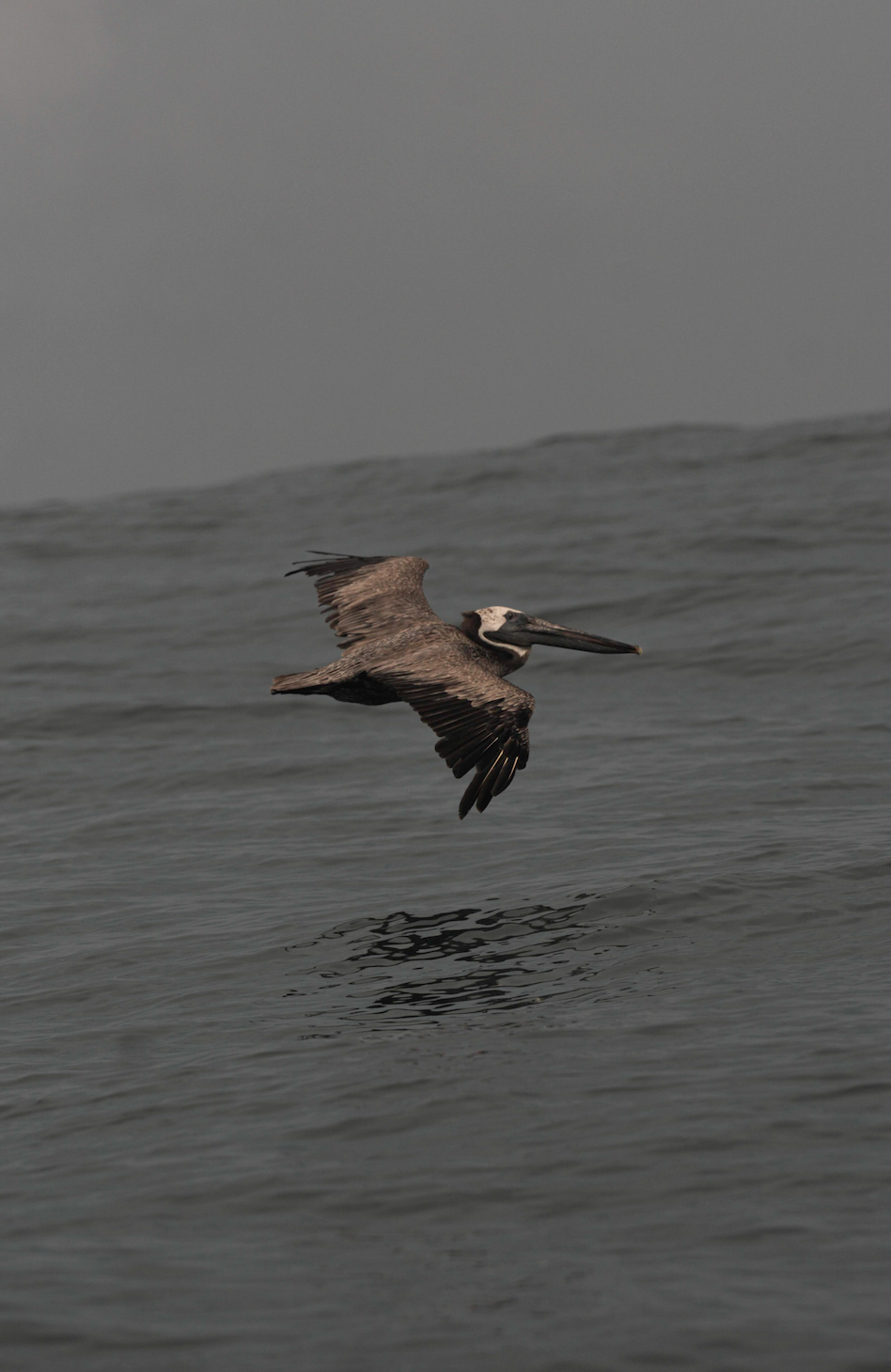
“We must first ask ourselves this, ‘If we were not to step foot on this land where would it go?’ This approach is how we are able to make conscious and informed decisions about moving forward” Javier, co-founder of Zūnya and regenerative enthusiast, shares that we cannot know where something is going unless we look at where it has been. The development plans for the project are evolving often but the one everpresent priority is that the plans are made in line with Mother Earth’s pre-existing objectives for this land. Zūnya aims to peacefully coexist with the natural occurrences, tendencies and most importantly, needs, of the existing system. As the project evolves, the regenerative development will be followed closely so that we can share these practices and ideas with the World.
